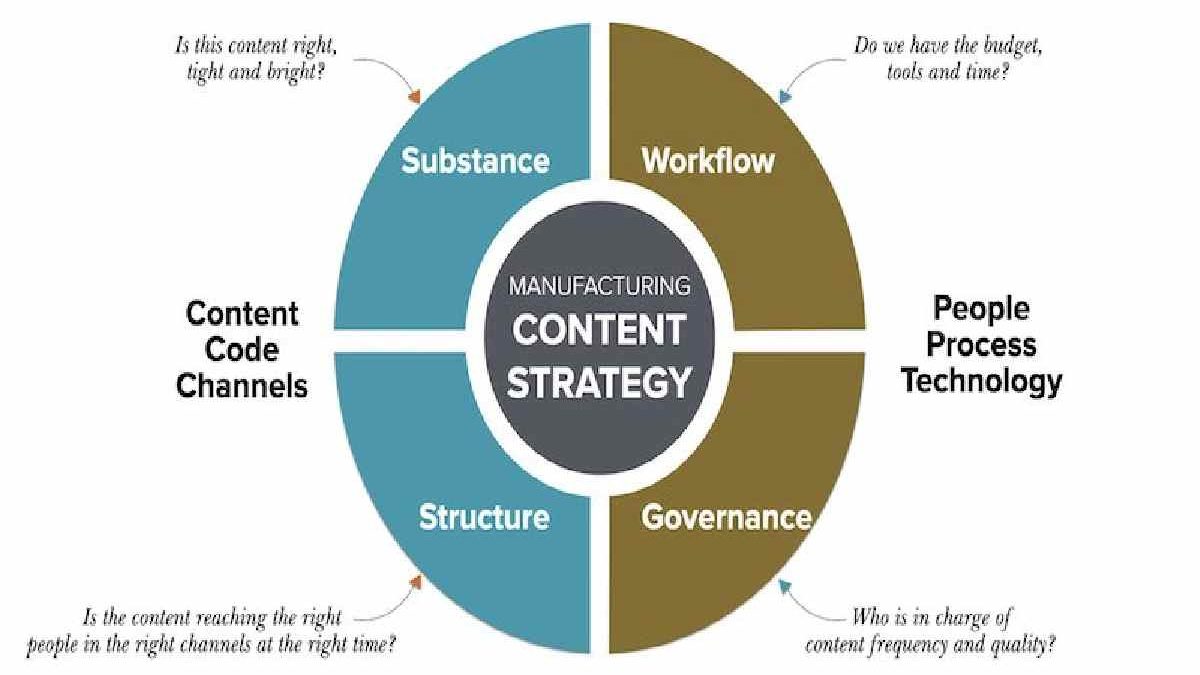Content Marketing Strategy: Founder at M16 Marketing and a Forbes Agency Council member. He’s a leading marketing technologist on a mission to create success stories. Content marketing works best when you have a well-defined strategy and plan. Then, posting relevant and engaging content will drive traffic to your website and boost sales.
But, if you have not thought your strategy through, you could waste time and money. So, before you even begin to think about posting content, you need to research and formulate a plan. Here is a step-by-step guide to help you devise a content marketing strategy and plan.
Table of Contents
1. Establish Your Goals
The first step in creating your content marketing plan is understanding why you are creating content. For example, do you want to generate more sales leads? Do you want increased traffic to your website? Or do you see content marketing as a means of establishing your brand’s authority?
Once you have decided on your objectives, you must set some targets. Where it is possible to do so, those targets should be quantified so that you can assess the success of your content marketing campaign.
2. Define Your Audience
Understanding your target audience is crucial to content marketing. For example, suppose you want to attract a specific population segment. In that case, you will need to understand those people’s likes and dislikes. You will also need to know what type of content will appeal to your target audience.
The next step in your content marketing planning is defining a persona for your typical customer. The persona you create should include the standard demographics of age, gender, location and income. It would help if you also considered what your target audience’s pastimes are, their concerns, and what motivates them.
3. Research Your Competitors
The next step is to investigate what competition you will face when attracting your target audience’s attention. But remember, it won’t only be your traditional competitors you will be competing with for people’s attention and time.
There may also be content from sources such as news, reference and entertainment sites that cover the same topics as your posts. When you research your competitors, note what content they are producing and what appears to have been the most successful. Also, find out what keywords they are targeting.
4. Complete Topic And Keyword Research
Once you know your objectives and understand your audience, the next step is to find out what your audience is searching for online. Next, you will need to research the keywords people search for on Google and other search engines.
You can begin this process by investigating the search volume for the keywords that you believe are relevant. Your keyword research will likely yield surprising results and give you new ideas for content.
5. Review Your Existing Content
You may also gain valuable insights from the content you have already published. So, investigate what types of posts have generated the most interest and which pages of your website currently receive the most traffic.
Also, research what keywords have used by people to find your site. The performance metrics of existing content will help you build a picture of the content that interests your target audience the most.
6. Devise Your Strategy
The next step is to plan how to use the information your research uncovered. You will need to consider which platforms you will publish your content on and what methods you will use to promote your content.
You will also need to think about the most appealing type of content for your target audience. For example, would your audience be suited to white papers and blog posts, or would videos and infographics be more appropriate? In most cases, a mixture of many different media options will be the best approach.
7. Plan Your Resources
Your content marketing research will no doubt give you plenty of ideas. But now, you must also look at what you can realistically achieve with your resources. You will need to decide whether you will produce your content in-house or if you are going to outsource content creation.
You will also need to appoint someone to manage your content marketing campaign, and someone will need to respond to the comments and questions that your content gets. Content marketing can be time-consuming, so you must be realistic about how much time you can devote to your campaign.
8. Plan Your Content Production Schedule
You need to bring all your ideas together in a content publishing schedule. The schedule should contain a calendar of publication dates and the personnel assigned to create each piece of content. A publishing calendar will help you publish content regularly, which is a must in content marketing.
9. Create, Publish And Promote Your Content
Each piece of content you publish should remain with your objectives in mind. And remember to make use of the keywords that you discovered in your research. Most crucially, keep the quality of your content high.
Don’t rush creating content merely to meet the deadline on your content publishing calendar. Once your content is published, you will also need to promote it. So, share your posts on your social media accounts, and send the content to anyone you think might be interested in the piece.
10. Monitor And Refine
The final step in your content marketing plan is to monitor the success of your campaign and, based on what has been successful, refine your strategy as appropriate. Your content marketing strategy will evolve. So, you must be flexible in your approach to your content creation.
Conclusion
As you can see from the 10-step plan above, developing a content marketing plan is a cycle rather than a one-off task. You will learn more about your audience and the content that works as you make progress, and you will need to refine your plan frequently.

